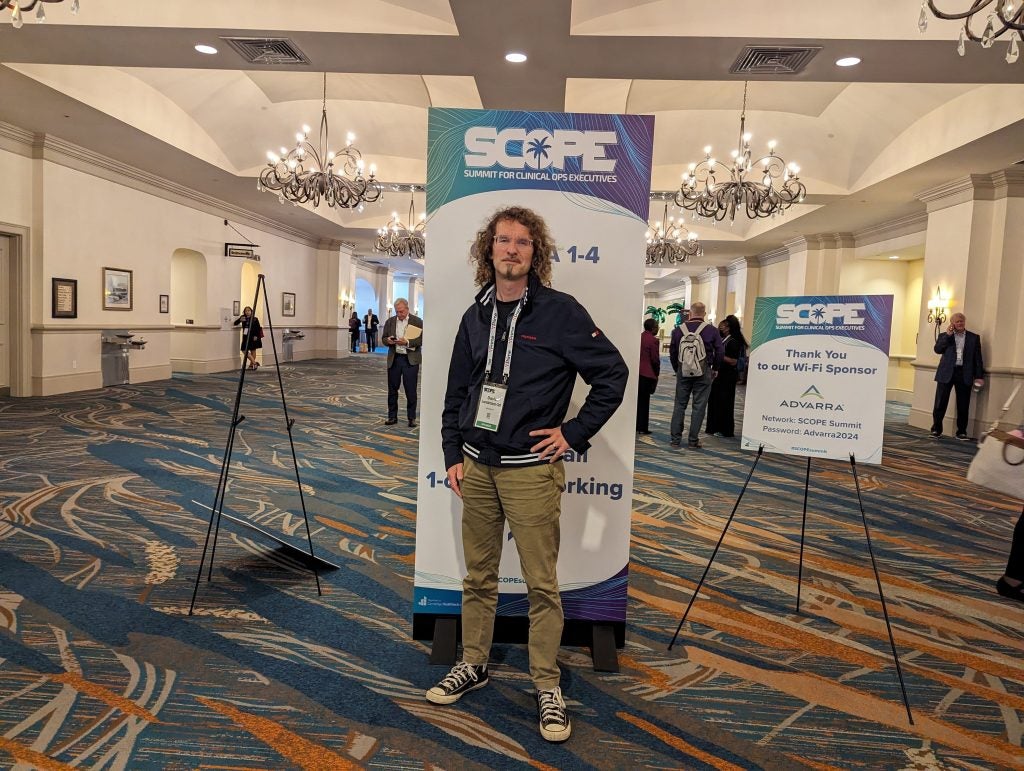Neurophth Therapeutics has successfully completed patient enrolment in the Phase I/II clinical trial of Opvika (Esonadogene Imvoparvovec), a gene therapy candidate, for the treatment of LHON caused by ND4 mutation (ND4-LHON).
This marks a significant step in the development of treatments for this genetic disorder.
The multicentre, single-arm trial in the US is designed to assess the efficacy and safety of the therapy in the patients.
In January 2022, the US Food and Drug Administration (FDA) granted clearance for the project's new drug clinical trial application. Subsequently, the first subject received a treatment dose in June last year.
Opvika is being developed specifically for mtND4-mediated LHON.
It has obtained orphan drug designation from the US FDA and the European Medicines Agency.
Following investigational new drug clearance from the China National Medical Products Administration in March 2021, Neurophth concluded subject enrolment for a Phase III trial of the therapy in China.
In addition to Opvika, Neurophth's second gene therapy candidate, NFS-02, is being analysed in international, multicentre Phase I/II clinical trials in the US and China.
In September 2023, the Australian Therapeutic Goods Administration registered and approved a third gene therapy drug, NFS-05, for autosomal dominant optic atrophy for clinical trials in the country.
Neurophth's pipeline extends beyond these candidates, including treatments for optic neuroprotection, vascular retinopathy and five other preclinical candidates.
Neurophth founder, chairman and CEO professor Li Bin said: “We are very grateful for the trust and support of patients and their families, as well as the participation and dedication of all researchers, who played a key role in promoting the successful completion of Phase I/II clinical enrolment.
“Newforth has taken a solid step on the road to bringing innovative drugs overseas. In China, for global, we will work hard to promote China's medical scientific research results to the world and provide solutions for global eye diseases. Patients bring more innovative gene therapies.”















